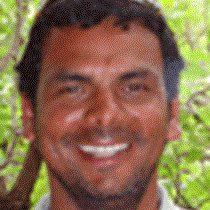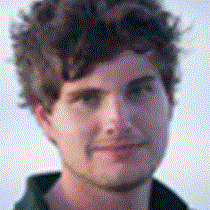Early in the morning on Sunday, National Geographic Endeavour laid anchor at Española Island, a small island in the most southern area of the archipelago. A couple of visitor sites are open here by the National Park Service so that explorers like us can experience the uniqueness of this place.
Multiple options were available early in the morning. We launched a group of Zodiacs to take underwater enthusiasts to an islet called Gardner Bay where snorkeling conditions could not be better. Once there our adventurers were surprised by the endless number of tropical fish swimming close to them, sea stars, each one prettier than the next, and playful sea lions.
Another group of explorers joined the aquatic activities on the beach of Gardener Bay, another of the options planned by the expedition leader on board. Here on the beach we have the company of shorebirds walking along the sandy beach with no concern for the weird looking visitors. They are not the only unconcerned ones—sea lions seem to be not bother at all by our presence, and yes, it feels like paradise. To fill out the adventurous options of the morning we have a group of kayaks going along the coast of the bay where the ocean is calm and colorful and embraces all kind of creatures moving close enough to the explorers on board the kayaks they have such a great time cannot wait to share with the rest of the explorers of the expedition on board. Fantastic morning this one we have on the island.
For the afternoon we are anchored at the most westerly point of Española. It is called Punta Suarez, a place that became popular and well known years ago. The intense action of birds nesting, colorful marine iguanas, and the seasonal presence of the largest bird you expect to see on these islands, the waved albatross, kept the atmosphere of the ship high.
For options we have long and short walk hikes, the topography and terrain on the place is considerate most difficult than most sites in Galápagos, so we have the option of making it short and easy for those who do not want to spend the three hours climbing rocky terrain. For everybody it is great to be so close to such a high number of birds and reptiles. At the beginning we had blue-footed boobies and Nazca boobies everywhere, and then the albatrosses, and then we saw a blowhole that shot water with each incoming wave. The topography and scenery and the great sunlight—all part of the natural beauty exposed to our joy—what a fantastic day we had here in the island of Española.









